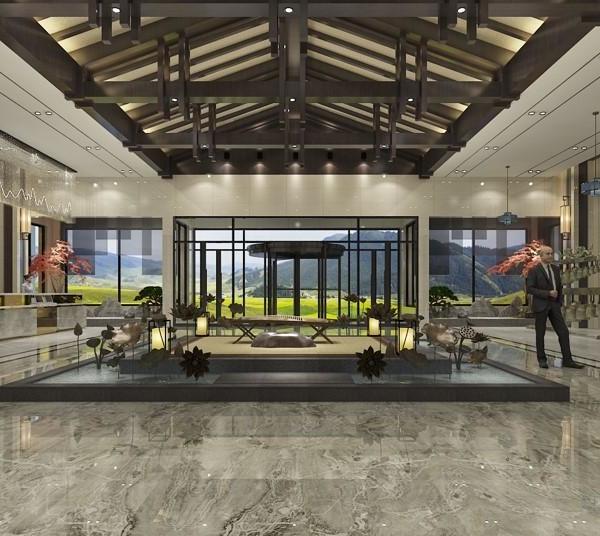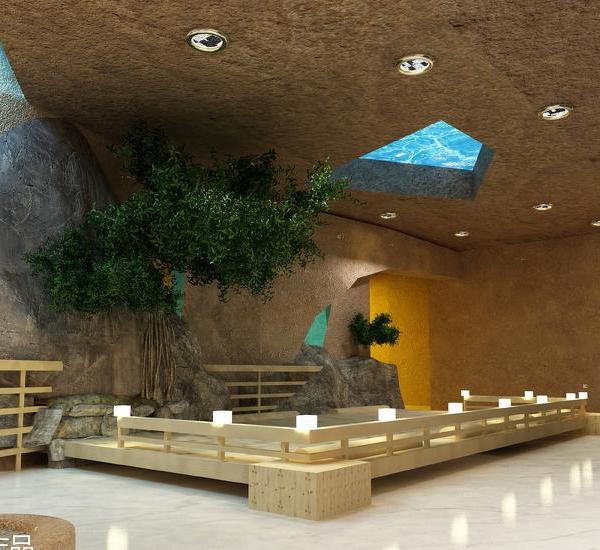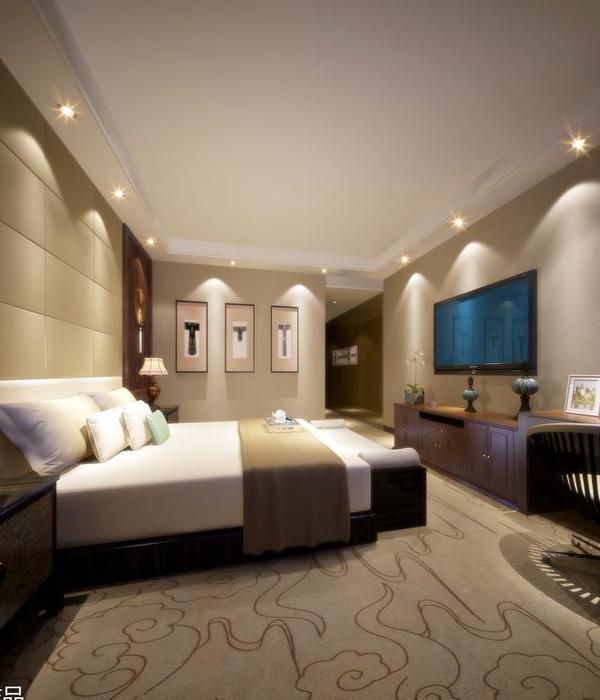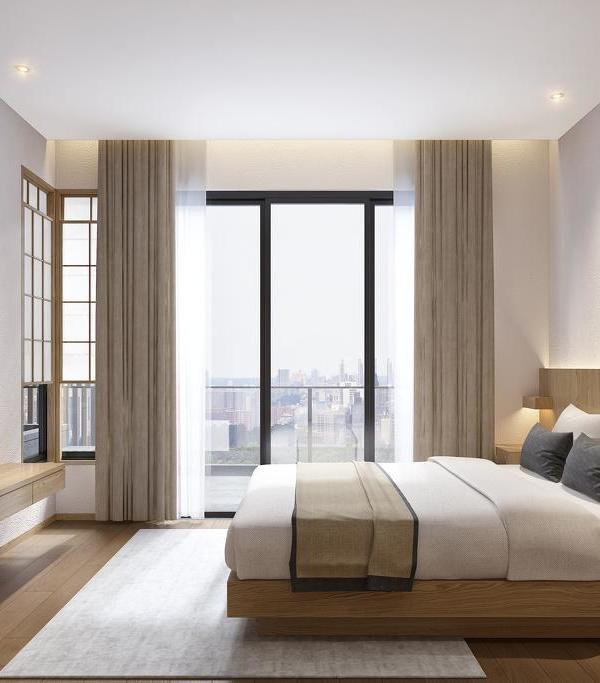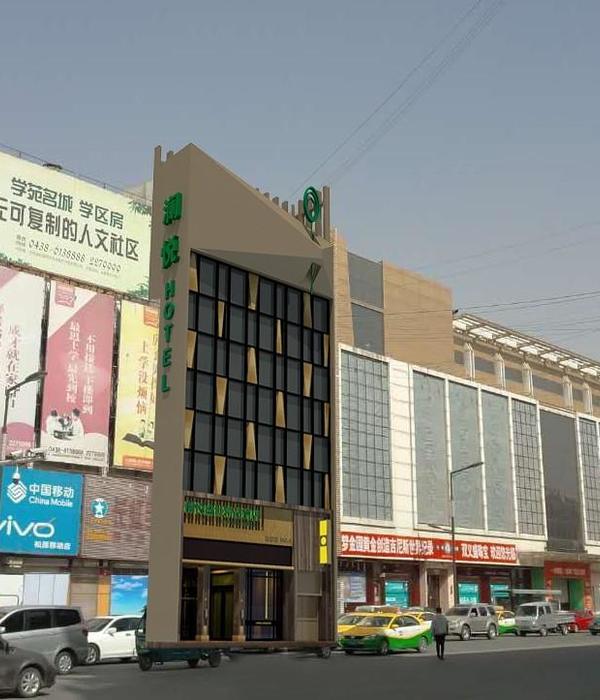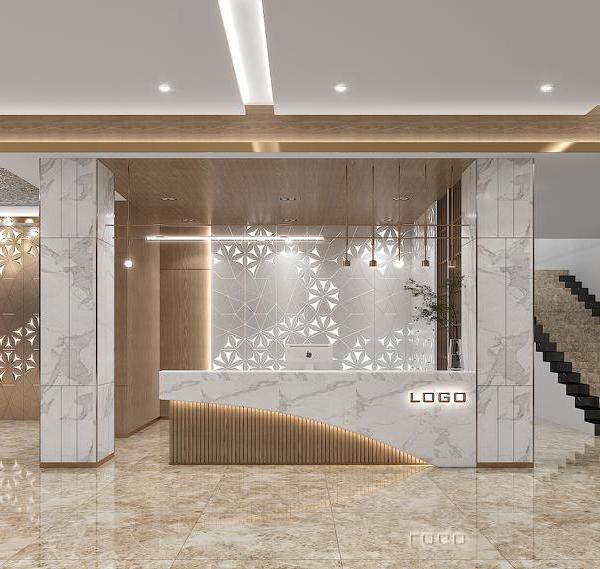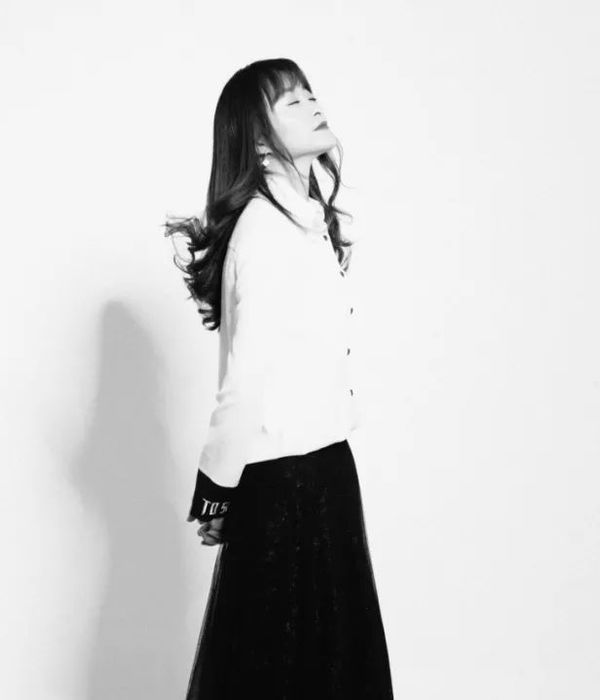Located on the corner of rue Faubourg Montmartre and rue Geoffroy Marie, The Panache is a slice of Parisian life. At this crossroads of trends and multiple attractions, there is never a dull moment. Nearby are the Grands Boulevards, the Druout auction house, and countless theatres. Here one finds the very soul of provocative Parisian nightlife, with its spicy nude acts and the feathers and cabaret dancers that have brought life to a century of shows at the Folies Bergères – the institution where Josephine Baker once performed, where Sam Mendes’ famous Cabaret was shot, and where jazz and pop musicians and comedians still perform today. A flagship of the district, the former Opéra-Madrid has undergone a metamorphosis to offer the Panache 36 windows onto life and Paris.
A triangular prism, this seven-storey corner building from the late 19th century follows the Hôtel Paradis as the latest Adrien Gloaguen project. Revisiting the codes of the era, the Panache embraces Art Nouveau, transposes it to today’s tastes and adds its own modern twist. At street level, an immense counter in walnut, blackened wood, marble and brass creates the link between the restaurant and hotel. To the left, what was once the Zazou pastry shop is now a neighborhood restaurant under the direction of David Lanher. To the right, the hotel’s reception area with its blown glass lamps evokes the convivial ambiance of Adolf Loos’ Viennese cafés. And ultimately, there is the notion of a refuge, one existing outside of time, where rusted banquettes have been transformed into first class wagons, where the stools go on safari and the library of travel guides takes one all over Paris. The scene has been set with an aesthetic designed by Dorothée Meilichzon.
The Panache is quintessentially Parisian. Imbued with a strong character, it confidently assumes its quirkiness. Relentlessly attentive to style, of its 40 guest rooms, spread over seven floors, no two are identical, yet all share the same color scheme - navy blue, forest green, and anthracite grey on white – that adorns walls hung with brass picture rails. It is a hotel with many points of view – winding here, moving straight ahead there, and sliding on rounded edges. Behind each door is a different experience – the journey of an evening. Each floor boasts rooms designed for families and corner rooms with bathtubs and balconies with views. The first floor is home to a surreal capsule apartment complete with patio and garden. Just under the roof is the hotel’s exclusive suite.
Not one to rely on easy repetition, Dorothée Meilichzon presents her fourth Parisian hotel design with The Panache. Taking inspiration from the Flatiron Building in New York City – an icon in terms of corner buildings – the designer has set the walls to the rhythms of geometric prints, arrows, and scattered fetishes. She has played with lines by installing a carpet with a mini triangle motif. Guests are caught off-guard with surprising mirror installations on the desks and bedside tables. It is new modernity tinged with a slightly retro Parisian accent. The guest rooms are perfumed with Art Nouveau. Lit by luminous globes serving as reading lights, statement headboards, the designer’s personal passion, made of turned steel and caning in an homage to the 1900s also serve to decorate. The detailed style of “yesteryear” is found in the ceramic light switches, reminiscent of the 20s, in the old telephone replicas of the Ericsson 1931, the famous “black telephone”, and in the chairs hunted down in flea markets in the spirit of Guariche and reupholstered…
{{item.text_origin}}

